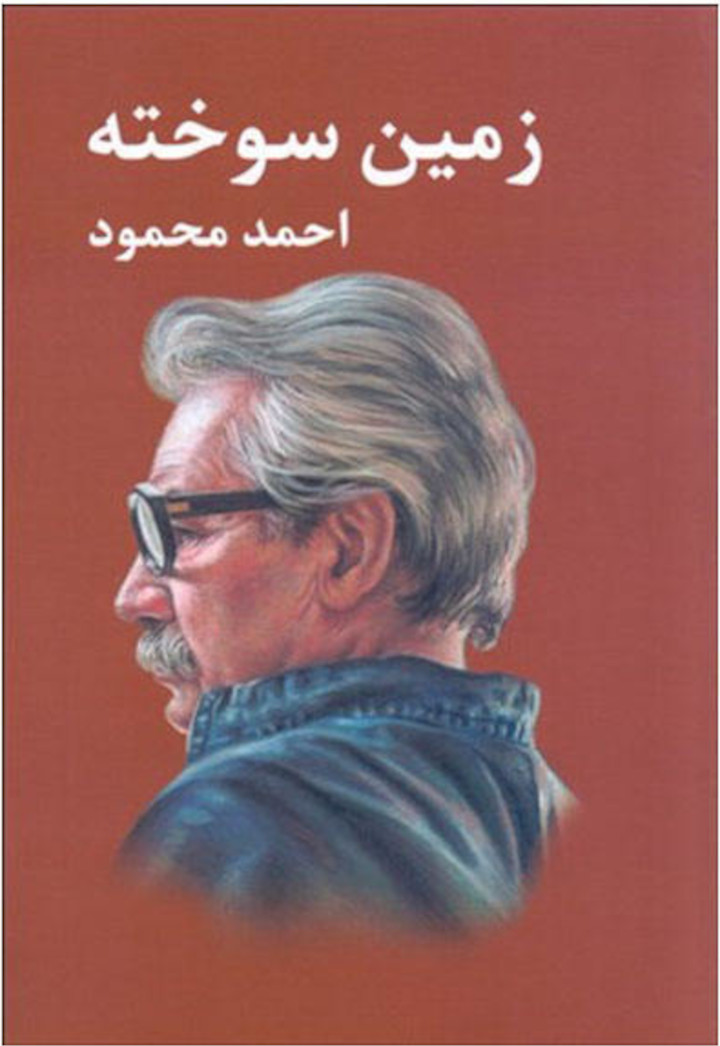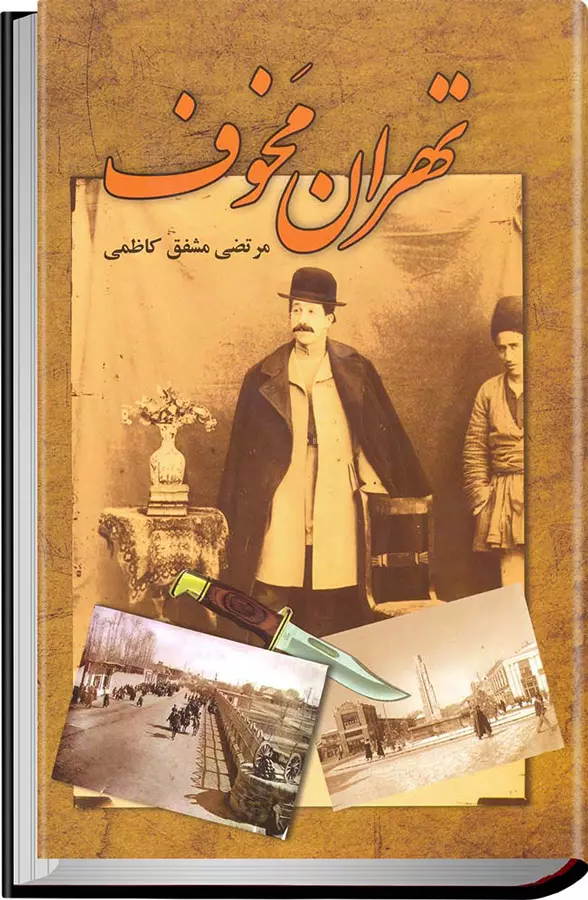Showhar-e Ahou Khanom (شوهر آهو خانم)

Author: Ali Mohammad Afghani
Genre: Social Realism
Publication Year: 1961
Overview
Showhar-e Ahou Khanom (The Husband of Ahou Khanom), written by Ali Mohammad Afghani, is a landmark in Iranian literature. Published in 1961, it is considered one of the first social novels in modern Persian literature and remains a powerful commentary on gender dynamics, morality, and social change in mid-20th-century Iran. The novel’s meticulous detail and complex characters have cemented it as a masterpiece, often compared to the works of literary giants like Balzac and Zola.
Plot Summary
Set in a provincial Iranian city during the 1940s, the novel centers on Hajj Sayyed Mirza, a wealthy merchant, and his wife, Ahou Khanom. Ahou is portrayed as the epitome of a virtuous, patient, and devoted wife who adheres to traditional values. Despite her loyalty, Hajj Sayyed Mirza succumbs to societal pressures and personal desires, marrying a younger, more modern woman named Shahrazad.
This second marriage triggers a series of emotional, moral, and social conflicts, exposing the deep inequalities and expectations placed upon women in that era. As Ahou struggles to maintain her dignity amidst betrayal, and Shahrazad grapples with her position as a symbol of modernity, the novel explores themes of love, sacrifice, jealousy, and the clash between tradition and modernity.
Themes
-
Gender Inequality and Women's Struggles
The novel highlights the subservient role women were expected to play in patriarchal Iranian society. Through Ahou and Shahrazad, it contrasts traditional and modern femininity, illustrating the limitations both face. -
The Clash of Tradition and Modernity
The story reflects the societal transformations of 20th-century Iran, where traditional values collided with new, Western-influenced ideals. -
Morality and Human Weakness
Hajj Sayyed Mirza’s moral decline reveals the tension between individual desires and societal expectations, offering a critique of hypocrisy and self-serving behavior. -
The Role of Family and Community
The novel explores how community judgment and familial responsibilities impact personal decisions, adding layers of complexity to the characters' dilemmas.
Style and Narrative
Ali Mohammad Afghani’s narrative style is rich with detail, providing a vivid portrayal of daily life in provincial Iran. His characters are deeply human, neither entirely good nor evil, making their struggles relatable and poignant. The dialogue is natural and engaging, reflecting the rhythms of Persian speech. Afghani's writing offers a window into the socio-political atmosphere of the time, blending realism with emotional depth.
Legacy and Reception
Showhar-e Ahou Khanom was groundbreaking for its time, as it addressed sensitive issues like polygamy and women’s rights in a male-dominated society. The novel was awarded the prestigious Nigar Literary Prize and earned widespread acclaim for its bold narrative and psychological insight. Over the years, it has remained a favorite among readers and scholars alike, often taught in Iranian schools and universities.
The story has also been adapted into plays and radio dramas, further solidifying its place in Persian cultural heritage.
Conclusion
Ali Mohammad Afghani’s Showhar-e Ahou Khanom is a timeless exploration of human relationships, societal expectations, and the moral dilemmas that arise from the clash between old and new. Its nuanced characters and evocative storytelling continue to resonate with readers, making it a must-read for anyone interested in Persian literature and the socio-cultural history of Iran.



